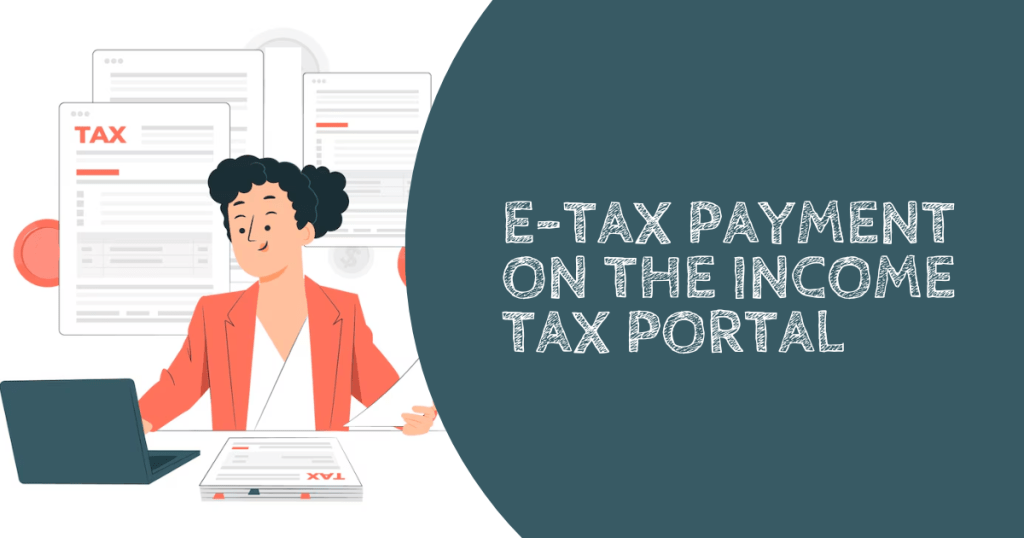Pension means a regular payment, made to retired individuals from an investment fund to which an employer has contributed during their working life.
Key Takeaways
- Identify your pension type.
- Use ITR-1 if income is simple, otherwise go for ITR-2/3.
- Claim deductions.
- Report family pension under “Other sources”, not “Salary”.
- Cross check Form 26AS for TDS accuracy.
- Senior citizens without business income need not to pay advance tax.
Why Pension Income Still Needs Attention?
Retirement might bring a pause to your 9-5 job, but not to your income tax responsibilities – especially if you receive a pension. Many retirees assume that their pension income is either too small or already taxed. But in reality, pension income is treated like salary by the Income Tax Department and must be reported properly in your Income Tax Return (ITR). Failing to do so might result in notices, excess tax deductions, or missed deductions.
This guide simplifies how pensioners – or their families – should approach reporting pension income for FY 2024-25. From types of pensions to choosing the ITR form, claiming deductions, and avoiding common filing mistakes, everything is laid out in simple terms.
Knowing Your Pension Type and Its Tax Treatment
Before you file your ITR, it’s important to know what kind of pension you’re getting. In simple terms, pensions are usually divided into two types:
- Uncommuted Pension: This is the monthly pension you get after retirement. It’s like a regular salary and is fully taxable under the head “Income from Salary”.
- Commuted Pension: This is a lump sum you might receive in exchange for part or all of your future pension. For government employees, this amount is fully exempt from tax. For non-government employees, it is a partially exempt, depending on whether gratuity was received.
There’s also Family Pension, which is paid to a spouse or legal heir after the pensioner passes away. This is not taxed under salary but under “Income from Oher Sources”. From this, a deduction of INR 15,000 or one-third of the amount received (which is less) can be claimed.
In short:
- Your own pension = Taxed like salary
- Family pension = Taxed differently, with some exemption
- Lump sum commuted pension = May be partly or fully tax-free
Knowing which one applies to you makes the rest of the process smoother.
Choosing the Right ITR Form and Reporting Correctly
Once you understand your pension type, the next step is picking the right Income Tax Return (ITR) form. Choosing the wrong form can lead to rejection or extra scrutiny from the tax department.
Here’s a simple breakdown:
- If pension is your only income (along with interest from savings or FDs), and your total income is under INR 50 Lakh, you can use ITR-1 (Sahaj).
- If you have multiple income sources like capital gains, rent, or foreign income, go for ITR-2 or ITR-3, depending on your situation.
Where to report it in the ITR?
- Uncommuted (monthly) pension: Go under the “Income from Salary” section.
- Commuted pension (if taxable): Also, under the “Salary”, but only the taxable portion.
- Family pension: Goes under the “Income from Other Sources”.
Make sure to:
- Mention the name of the pension payer (government or bank)
- Include the PAN if it’s a bank or private body.
- Double-check pre-filled data in the ITR portal – sometimes it may auto-fill from Form 26AS or AIS, but not always accurately.
Deductions You Can Claim on Pension Income
Just like salaried individuals, pensioners are also eligible for certain deductions. The most common and beneficial is the standard deduction of INR 50,000, which is auto applied if your pension is reported under the “Salary” head.
You can also claim other deductions based on your spending and investments:
- Section 80C: Up to INR 1.5 Lakh for life insurance, PPF, ELSS, etc.
- Section 80D: Premiums paid for health insurance. Limit up to ₹25,000 for health insurance premiums for self, spouse, and dependent children. Additional ₹50,000 for premiums for senior citizen parents.
- Section 80DD – Limit upto ₹75,000 for expenses related to the medical treatment, training, and rehabilitation of a disabled dependent. ₹1.25 lakhs for severe disability.
- Section 80DDB – Limit is up to ₹40,000 for medical treatment of specified diseases. ₹1 lakh for senior citizens.
- Section 80TTB: Additional interest deduction up to INR 50,000 for senior citizens on bank/post office deposits.
These deductions can bring down your taxable income significantly. If you’re filing under the new tax regime, remember-you’ll have to forgo most deductions, including the standard one. So, compare both regimes before submitting the return.
TDS on Pension and Form 26AS Reconciliation
Pension income may already have Tax Deducted at Source (TDS) – especially if it’s paid through a bank or government treasury. Banks treat monthly pension like salary and deduct TDS accordingly.
Before filing your return, it’s important to check your Form 26AS or AIS on the Income Tax portal. This shows:
- TDS deducted by pension – paying authorities.
- Interest income from bank accounts.
- Any other financial activity reported to the IT department.
If there’s any mismatch between what’s shown in Form 26AS and your own records, get it corrected before you file. Claiming TDS that isn’t visible in Form 26AS may delay your refund or trigger a notice.
Tip: Also check whether your bank has considered correct tax slab, many don’t apply senior citizen slabs unless specifically asked.
Reporting Family Pension and What Makes it Different
If you’re receiving family pension – income paid after the death of a pensioner – It has different tax rules from regular pension.
- It’s not treated as salary
- It should be reported under “Income from Other Sources” in the ITR.
- You can claim a deduction of INR 15,000 or one-third of the pension received, whichever is lower.
Unlike regular pension, TDS may not always be deducted on family pension, so you may need to self – assess tax if your total income crossed the taxable limit.
If you’re filing on behalf of a deceased pensioner (as a legal heir), you’ll need to:
- File their return up to the date of death
- Report family pension in your own return (if you’re the recipient)
Remember, while both the pensions provide income, the tax heads and benefits differ – so report accordingly to avoid confusion.
Advance Tax Rules and Pensioners
Even after retirement, advance tax rules might apply if your total tax liability is INR 10,000 or more in a year – and no sufficient TDS has been deducted.
This often happens if:
- You receive pension from a source that doesn’t deduct TDS, or
- You earn additional income from rent, interest, or capital gains.
In such cases, you are expected to pay advance tax in four installments – June, Sept, Dec, and March. Missing these can attract interest under Sections 234B and 234C.
However, senior citizens (60+), not having business income, are exempt from paying advance tax. So, if your income is pension and income, you’re safe from advance tax provisions.
Common Mistakes Pensioners Should Avoid
Even simple returns can go wrong if you’re not careful. Here are the useful slip-ups pensioners make while filing:
- Reporting family pension under ‘Salary’ instead of ‘Other Sources’.
- Missing the standard deduction of INR 50,000 for regular pension.
- Ignoring the interest income from savings or FDs, which is taxable.
- Not checking form 26AS for TDS already deducted.
- Not making sure that bank has correct PAN.
Conclusion
Filing your ITR after retirement doesn’t have to be complicated. Pension income is taxable, yes – but with the right approach, you can avoid overpaying tax or making reporting errors.
Whether you’re receiving a monthly pension, a lump sum, or family pension, what matters is:
- Knowing how it is classified for tax purposes.
- Using the correct ITR form.
- Claiming deductions, you’re entitled to.
- Verifying TDS and correcting mismatches in advance.
FAQs
Yes, pension income is taxable under the head salaries.
Report your regular pension under “Salary” and family pension under “Income from Other Sources.” Each has different tax treatment.
Yes, if you’re a resident Indian, you must report global income, including foreign pensions, and may be eligible for relief under DTAA.
Yes. TDS doesn’t replace return filing. You must still file your ITR to declare income correctly and claim any refund or deductions.


